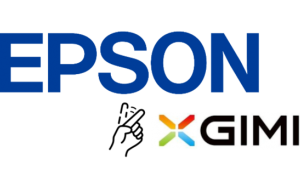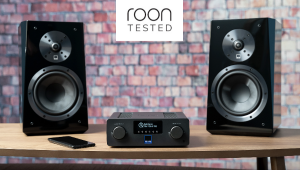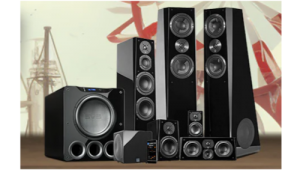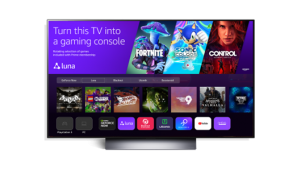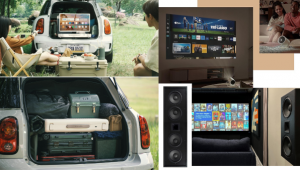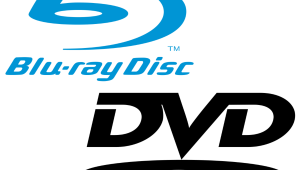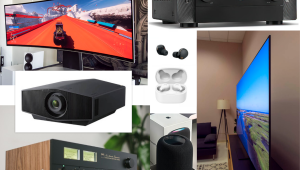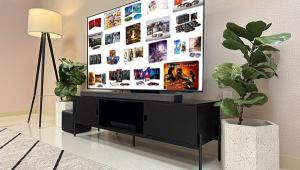FCC Looks for Life After CableCARD

This is among the first DTV-related initiatives of the new Democrat-led FCC, led by Julius Genchowski.
The original CableCARD agreement was inked in 2002. Despite the John Hancocks of major cable operators and TV makers, it foundered in a lack of cooperation. Cable ops were slow to implement it. Seeing this, TV makers included it in fewer products.
The problem for the initial CableCARD standard was that it was unidirectional. That is, it did not allow two-way communication, so it couldn't support video on demand and other interactive services that cable operators see as major sources of income. So they dragged their feet, signed agreement notwithstanding.
Tru2way, the bidirectional version, addressed that problem, and after years of delay, there is finally some product in the pipeline. But some speculate that Tru2way's moment has come and gone, and that the next wave in digital cable readiness will be security decryption downloaded onto a chip in the cable box or set.
The FCC initiative may have come at just the right time. The commission also seems intent on combining the effort with a standard for online video, so that video games, DVRs, and other devices would "use a consistent menu as they navigate through video content regardless of its source."
See FCC press release (PDF) and ArsTechnica story.





